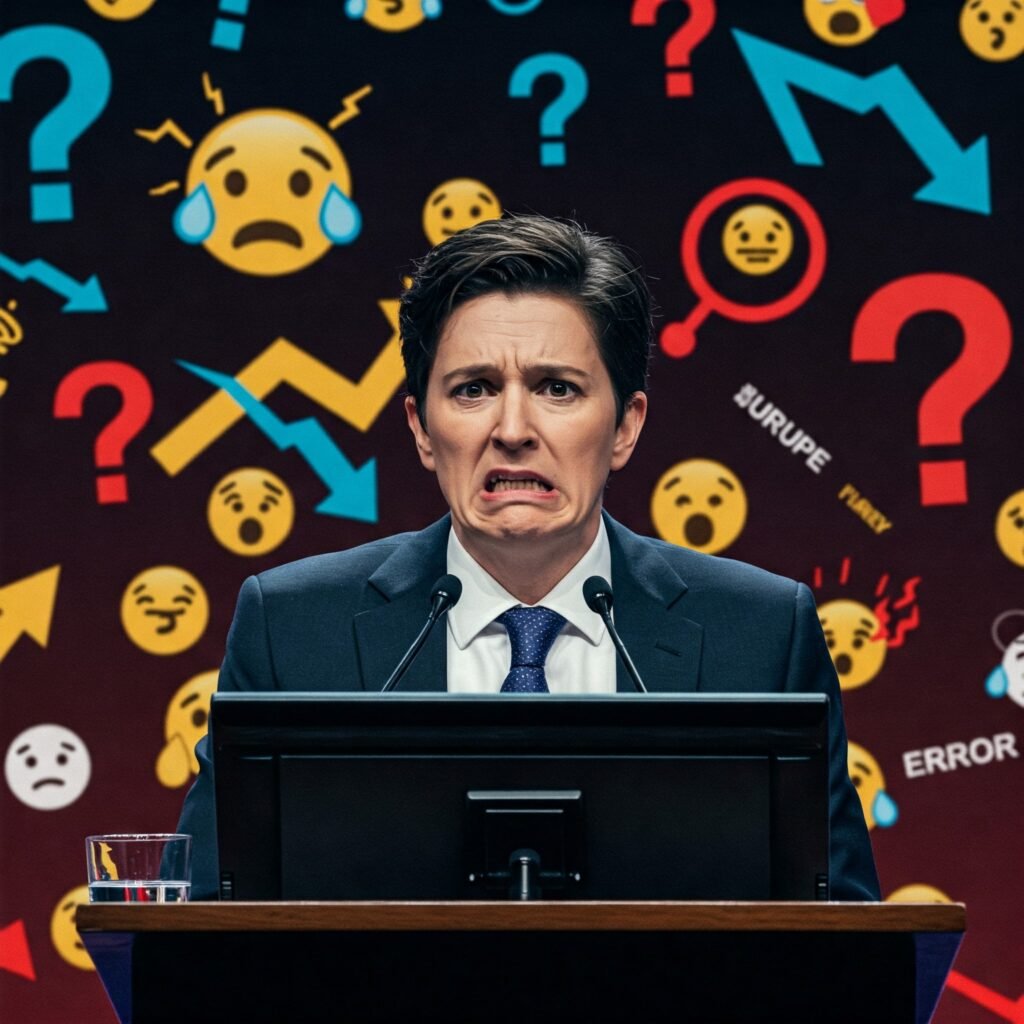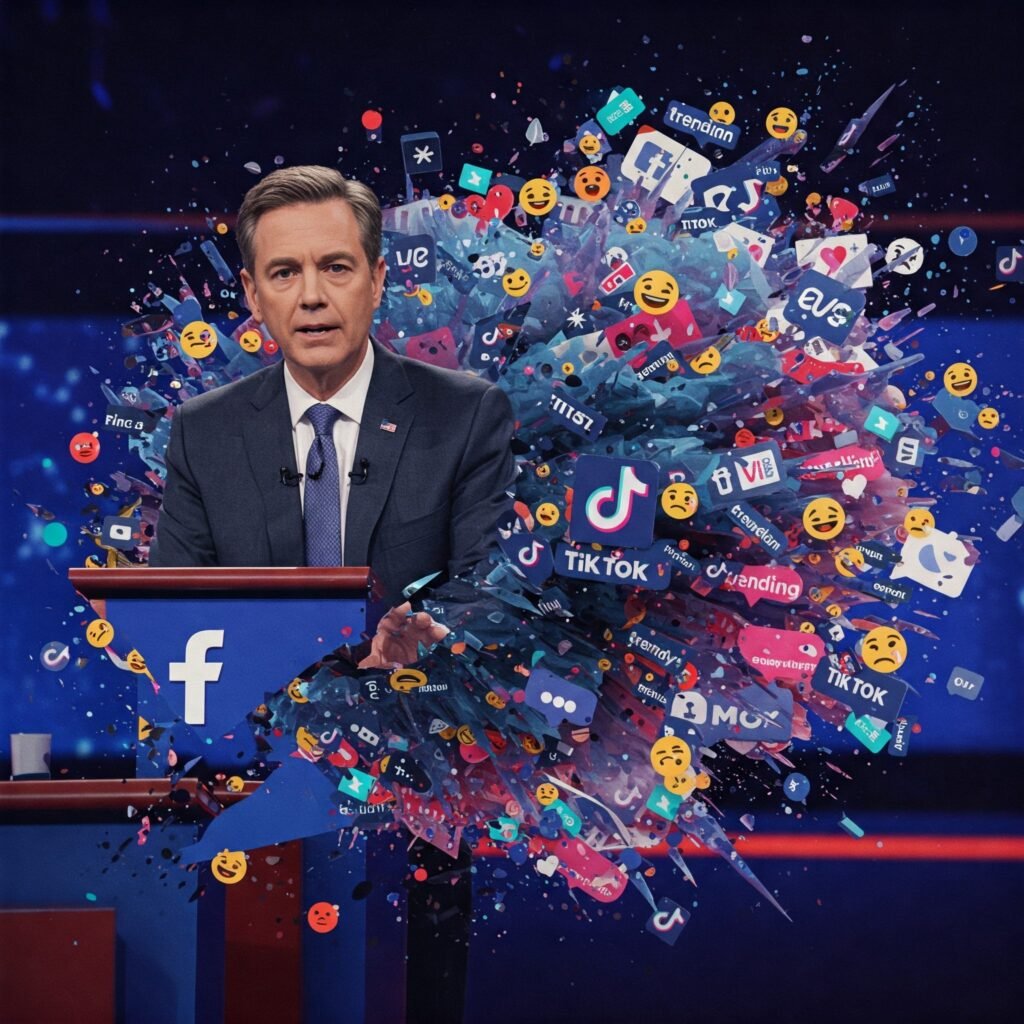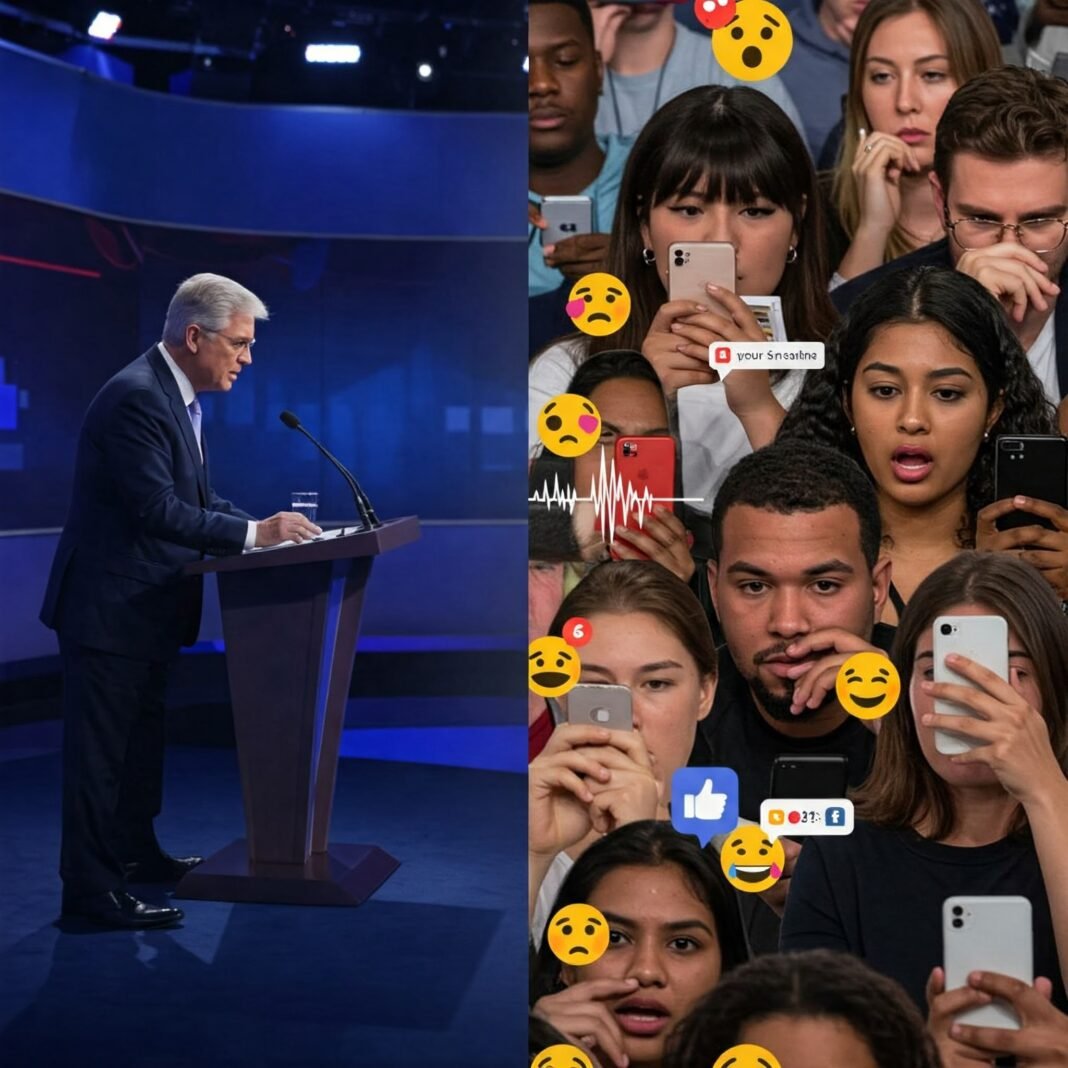Hey there, fellow news junkies and political observers! Ever felt the electric buzz of watching a live political debate? You’re glued to the screen, anticipating the next sharp exchange, the insightful answer, or perhaps… the unforgettable gaffe. But the real action often explodes after (and even during) the debate itself: in the Live Debate Reactions that ripple through social media, news analysis, and water cooler conversations.
Understanding Live Debate Reactions isn’t just about knowing who the pundits said won. It’s about tapping into the collective pulse, seeing which moments resonated, which missteps landed flat, and which spontaneous occurrences spiraled into viral sensations. As someone who’s tracked countless debates and the public’s response, I can tell you these reactions often shape the narrative far more powerfully than the planned talking points.
In this post, we’re going to dive deep into the world of Live Debate Reactions. We’ll uncover what makes a moment a “win” or a “blunder” in the eyes of the public, dissect how viral moments are born, and explore why paying attention to these real-time responses is crucial for understanding the impact of any debate.
Understanding the Power of Live Debate Reactions
Why do we hang on every facial expression, every statistic cited, and every interruption? Because live debates are high-stakes, unscripted tests under immense pressure. And our Live Debate Reactions are a direct reflection of how well – or how poorly – candidates perform under that spotlight.
Think about it:
- The Stakes Are High: Elections, policies, the future – it all feels on the line. This inherent drama fuels intense reactions.
- It’s Live Theatre: Anything can happen. The unpredictability keeps us hooked and amplifies the impact of genuine moments.
- Instant Analysis: Social media has created a global living room where we process and react together, in real-time.
These collective Live Debate Reactions aren’t just noise; they’re a powerful indicator of public sentiment, often highlighting authenticity, perceived strength, or moments of vulnerability better than canned speeches ever could.

Deconstructing “Winners” and “Blunders” in Live Debate Reactions
While moderators try to keep things focused on policy, the public often judges debates on a more visceral level. Live Debate Reactions quickly identify who seemed confident, who fumbled, and who connected emotionally.
Identifying Debate Winners Through Reactions
Formal debate scoring exists, but the perceived winner is often crowned by the court of public opinion and the subsequent media narrative, heavily influenced by Live Debate Reactions. A “winner” often achieves this status not just by having better points, but by:
- Appearing Calm and Confident: Handling pressure gracefully resonates strongly.
- Delivering Memorable Lines: A concise, impactful phrase can cut through the noise.
- Effectively Countering Attacks: Showing strength without appearing overly aggressive.
- Connecting with Viewers: Seeming authentic and relatable.
Consider how quickly positive Political debate analysis on social media or in post-debate polls can solidify a candidate’s strong performance. It’s about capturing the mood and momentum. [Link to reputable news analysis summarizing post-debate poll reactions].
Analyzing Debate Blunders and Their Impactful Reactions
On the flip side, a “blunder” is a moment that damages a candidate’s image or message. These moments live on in Live Debate Reactions, news cycles, and online archives. Blunders often involve:
- Gaffes: Unintentional slips of the tongue or factual errors.
- Poorly Handled Questions: Appearing evasive or unprepared.
- Awkward Interactions: Stuttering, noticeable discomfort, or inappropriate reactions to opponents.
- Policy Misstatements: Revealing a lack of understanding on a key issue.
The immediate Political debate analysis to a blunder – the collective gasp online, the sudden spike in negative commentary – are often the first sign that a critical misstep has occurred. These moments are amplified and dissected, often becoming the defining image of a candidate’s debate performance. [Link to article discussing a famous debate gaffe and its aftermath].
[Image Placeholder: An image contrasting a confident, poised figure on one side with a slightly flustered or awkward figure on the other, using visual cues like lighting or posture.]
The Anatomy of Viral Moments in Social Media Reaction
Beyond simple wins and losses, some debate moments achieve supernova status, becoming “viral.” These are the soundbites, the facial expressions, the unexpected exchanges that break out of the political bubble and infiltrate mainstream culture, driven entirely by Live Debate Reactions and sharing.
How Viral Debate Moments are Born
Viral moments often aren’t the planned core of a candidate’s message. They are frequently:
- Unexpected or Unscripted: A genuine, unplanned reaction or statement.
- Highly Relatable or Emotionally Charged: Evoking strong feelings from viewers.
- Easily Digestible and Shareable: A short clip, a single phrase, or a still image.
- Ripe for Memes and Remixing: Easily adaptable into internet humor.
Think of moments like a candidate’s specific facial expression under pressure, an off-the-cuff remark that sounded awkward, or a sudden, passionate plea. Political debate analysis capture these snippets and propagate them across platforms at lightning speed. What starts as a few tweets can quickly become a global phenomenon, shaping public perception in unexpected ways.

Social Media’s Role in Amplifying Live Debate Reactions
Social media isn’t just a place where Live Debate Reactions happen; it’s the engine that powers their spread and influence. Platforms like X (formerly Twitter), Facebook, and TikTok provide immediate arenas for commentary, analysis, and the rapid creation and dissemination of viral content.
- Real-Time Commentary: Millions of users become instant pundits, offering analysis and hot takes as the debate unfolds.
- Instant Fact-Checking (and Misinformation): Claims are instantly scrutinized and debated, though not always accurately.
- Narrative Shaping: Hashtags trend, key moments are clipped and shared, and dominant narratives quickly form based on collective reactions.
- Echo Chambers: Users often engage with those who share their views, amplifying partisan Live Debate Reactions.
Understanding social media’s impact is key to grasping how Live Debate Reactions gain traction and potentially influence public opinion.
Analyzing Live Debate Reactions Critically
As consumers of debate coverage and commentary, it’s vital to analyze Live Debate Reactions with a critical eye.
- Look Beyond the Soundbites: Viral moments are catchy, but do they reflect the candidate’s overall performance or policy positions?
- Consider the Source: Who is reacting? Media pundits, partisan accounts, undecided voters? Their perspectives differ. [Link to an article on media bias in debate coverage].
- Understand the Amplification: Why is a particular reaction or moment getting so much traction? Is it organic, or is it being strategically pushed?
- Seek Diverse Reactions: Don’t just stay within your own social media bubble. Look for analysis from different perspectives to get a fuller picture of the Live Debate Reactions.
By analyzing Live Debate Reactions critically, you move from simply observing the spectacle to truly understanding its complex impact on public perception and political discourse.




